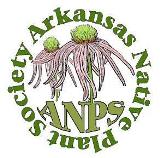New Jersey tea (Ceanothus americanus) of the Buckthorn (Rhamnaceae) Family is a small, deciduous, thorn-free shrub. The genus name originates from a Greek word for “spiny plant” or a Latin word for “thistle”. The specific epithet relates to its occurrence in the Americas. In the U.S., it is found from Texas to Nebraska to Minnesota thence east and south to the coasts. In Arkansas, the shrub occurs statewide. Another common name is wild snowball. Habitat preference is variable, but the species is typically found in dry to well-drained soils of sandy, sunny prairies or rocky slopes and open woodlands. Leaves were used as a tea substitute during the American Revolution.
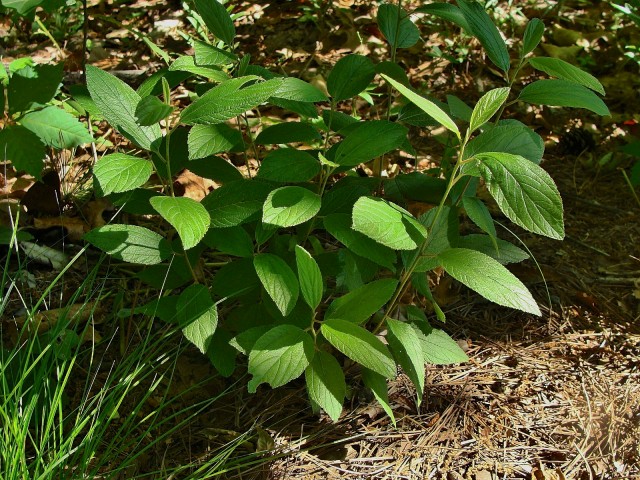 Photo 1: In mid-May, this young plant exhibits rapid apical stem growth that will not produce inflorescences in the current year.
Photo 1: In mid-May, this young plant exhibits rapid apical stem growth that will not produce inflorescences in the current year.
New Jersey tea, maturing with a dense rounded shape at 2 to 3 feet tall, has erect to ascending stems and branches. Plant height is limited because apical buds of mature plants do not develop and upper portions of stems and branches die over winter. In spring, multiple new branches grow from the previous year’s leaf axil buds on surviving portions of stems and branches. Also, new stems may arise from near ground level, which produce inflorescences the first year. Current year’s stems and branches, slender and pubescent with short fine hairs, become rigid and woody during the year.
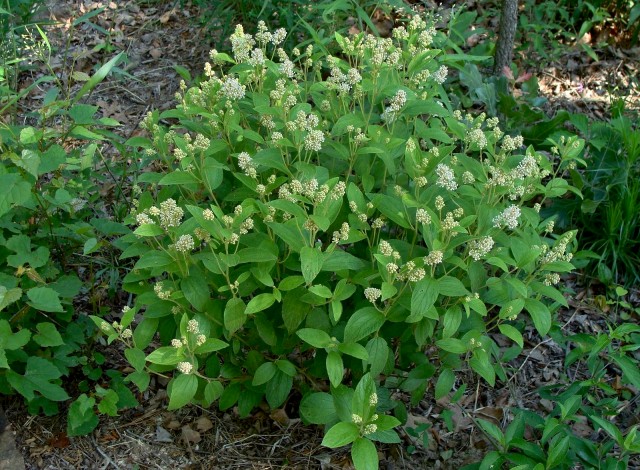 Photo 2: Also in mid-May, this mature plant approaches maximum bloom.
Photo 2: Also in mid-May, this mature plant approaches maximum bloom.
Current year’s stems and branches are light yellowish-green, with similar color retained on those that survive for a second year, although slightly darker and without pubescence. Older surviving stems and branches become trunk-like and brown and roughened. Stems, branches and trunks are round (terete). With a stout, deep taproot and excellent regrowth abilities, New Jersey tea is resistant to drought, fire and deer. In conjunction with bacteria, New Jersey tea “fixes” nitrogen in the soil much like many legumes.
Buds occur at all leaf axils of current year’s stems and branches. The uppermost two to eight axillary buds produce floral branches (see below) in the current year while lower axillary buds remain dormant to produce branches with inflorescences the next year.
Alternate leaves are irregularly spaced from about ½ to 2 inches along current year’s stems and branches. Leaf size, too, is irregular, but generally, the largest leaves are in the mid-section of stems and branches. Largest leaves are about 2¼ inches long and 1 inch wide with ¼ inch petioles that may be slightly reddish. Leaves are elliptic, with a rounded base and broadly acute tip, and they appear slightly rough. Upper and lower leaf surfaces have short pubescence so that leaves, when carefully handled, feel like flannel. Upper leaf surface is a medium green while lower surface is more yellowish-green and dull, with prominent pale yellow veins. Veins are slightly recessed above and expressed below. Uniformly sized and shaped serrate margins extend from the lower one-fourth of the leaf blade to the apex.
Leaves have unusual and distinctive venation. Three primary veins originate at the petiole, with the two arcuate (curved) laterals terminating at the leaf margin about a fifth of the leaf-length from the apex. All secondary veins are arcuate.
Inflorescences occur as multiple elongate globular clusters of tiny flowers at the ends of floral branches that grow from upper leaf axils of current year’s stems. The floral branches, which may be 2½ inches long and tend to be twisty, are leafless or occasionally bear one or two small (to ¼ inch long) leaves. Floral branches and peduncles have the same color and pubescence as current year’s stems and branches.
Flower clusters, which may be 1 inch or more long and ½ inch or more in diameter, consist of many tiny white flowers in small panicles around a central axis. Within the panicles, multiple flowers grow from common points. Clusters, which may be held upright or oriented in various directions, can have 200 flowers. Flowers in each cluster bloom at about the same time, with the clusters originating from lower on the stem or branch blooming first. Flowers are slightly fragrant.
 Photo 3: Display of a flowering branch separated into sections. Note unusual leaf venation and long twisty, leafless peduncles. Lower side of a leaf is shown at left-center.
Photo 3: Display of a flowering branch separated into sections. Note unusual leaf venation and long twisty, leafless peduncles. Lower side of a leaf is shown at left-center.
Flower buds nearing anthesis have five rounded-triangular sepals that tightly cover five enclosed petals that cover five large anthers (one anther per stamen). Buds, when viewed from above, are star-shaped with five rounded “knobs” created by the enclosed anthers. With anthesis, sepals separate slightly, but remain in the same position as in the bud. The five fragile-looking petals, with broad cupped apices and long narrow bases (ladle shape), extend through the opening between sepals and flare wide. The large yellow pollen-bearing anthers are at first within the bowl of the ladle, but later, anthers become dark (pollen having been discharged) and filaments project anthers above the corolla. Flowers, 3/16-inch-wide from petal tip to petal tip, are positioned in a flat plane well above slender white pedicels that are as long as the flowers are wide.
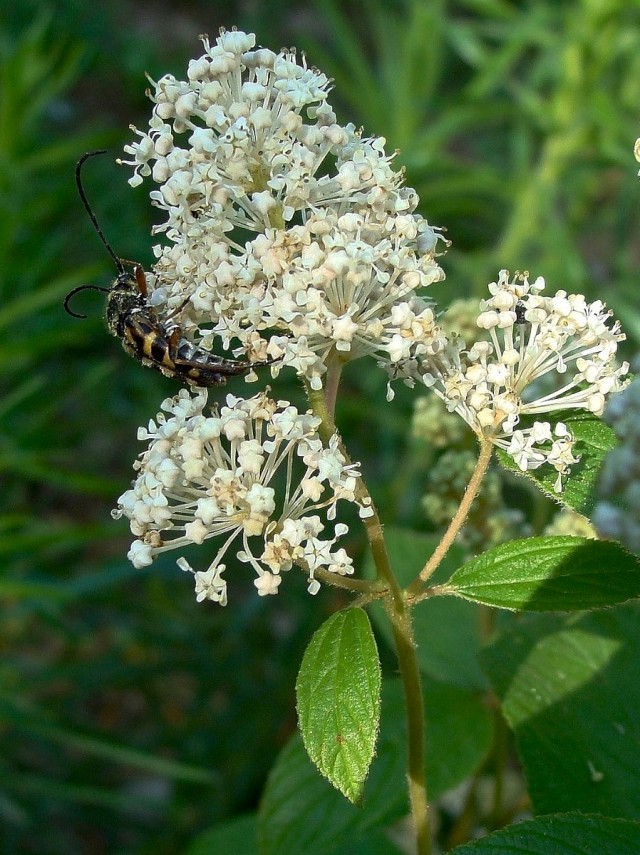 Photo 4: Flower buds are knobby due to size of enclosed anthers. Several flowers are shown at anthesis such as the one at lower-center. Note long white pedicels.
Photo 4: Flower buds are knobby due to size of enclosed anthers. Several flowers are shown at anthesis such as the one at lower-center. Note long white pedicels.
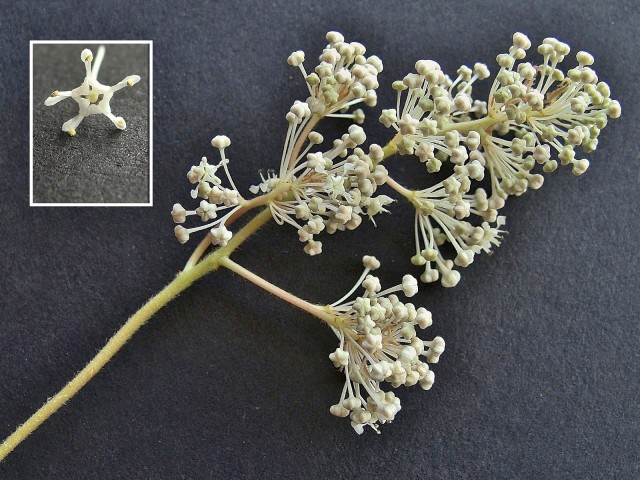 Photo 5: Inset of a single flower shows pollen-bearing anthers shifting out of bowl of ladle. Several more mature flowers within the panicle, also shown, have dark pollen-free exserted anthers.
Photo 5: Inset of a single flower shows pollen-bearing anthers shifting out of bowl of ladle. Several more mature flowers within the panicle, also shown, have dark pollen-free exserted anthers.
Flowers, with fertilization, produce triangular, 3-chambered, rough, light-green capsules about ¼ inch wide on green stems (previously white pedicels). Capsules become black at maturity and the upper portion splits to release a single smooth, brown, ovoid seed from each chamber.
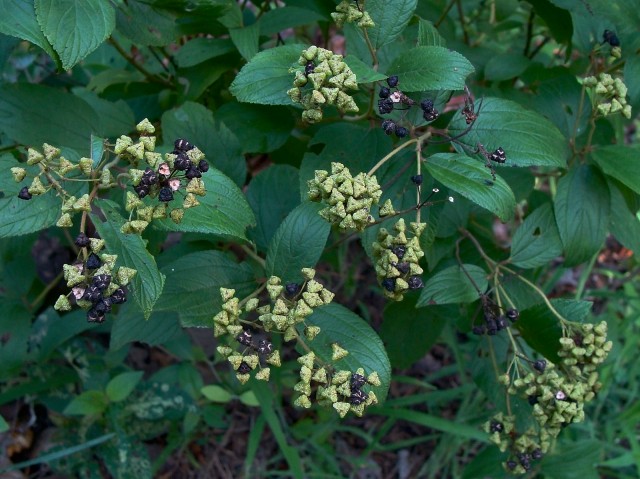 Photo 6: In this mid-July photo, some of the triangular seed capsules have matured (black ones) and split to release seeds. Previously white pedicels are now green.
Photo 6: In this mid-July photo, some of the triangular seed capsules have matured (black ones) and split to release seeds. Previously white pedicels are now green.
A second species in the genus occurs in Arkansas; namely, “inland New Jersey tea”, also called “redroot”, (Ceanothus herbaceus), which is known from a number of western and central counties. Although also a woody shrub, it was given the epithet “herbaceus” when it was described because it was mistakenly thought to be an herbaceous perennial. This species has narrower, glabrous leaves that are tapered at both ends. Smaller and more rounded or dome-shaped flower clusters occur terminally from the uppermost leaf axil of each stem. Inland New Jersey tea generally blooms a few weeks earlier than New Jersey tea.
Article and photographs by ANPS member Sid Vogelpohl

